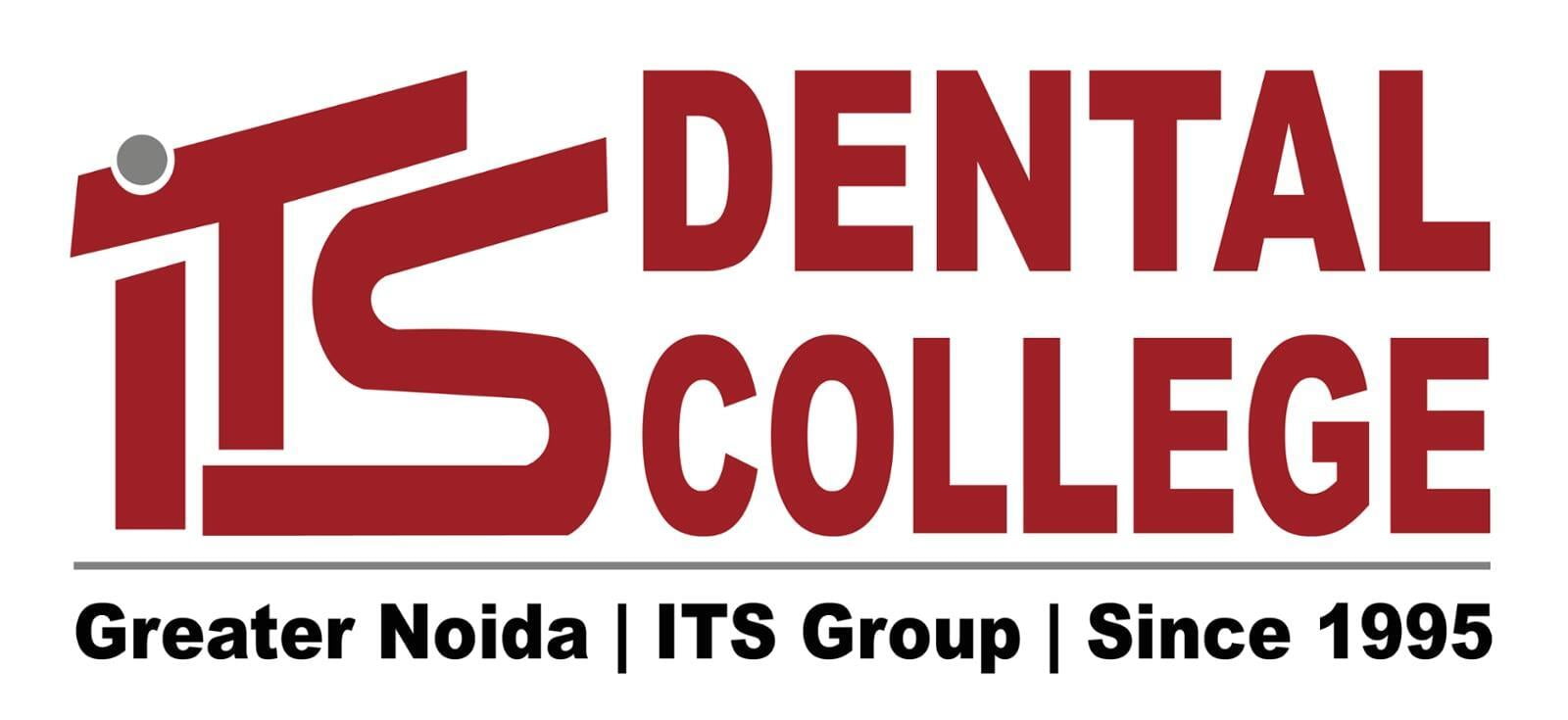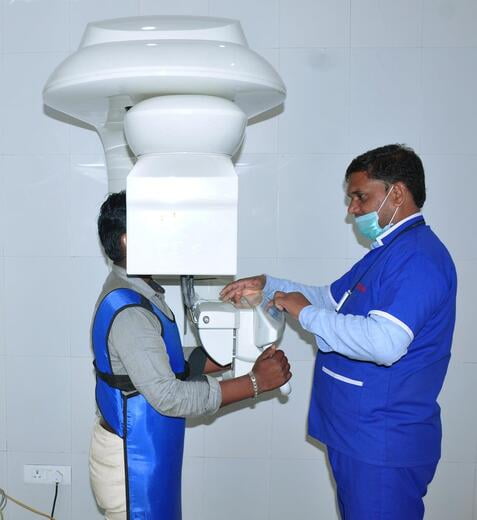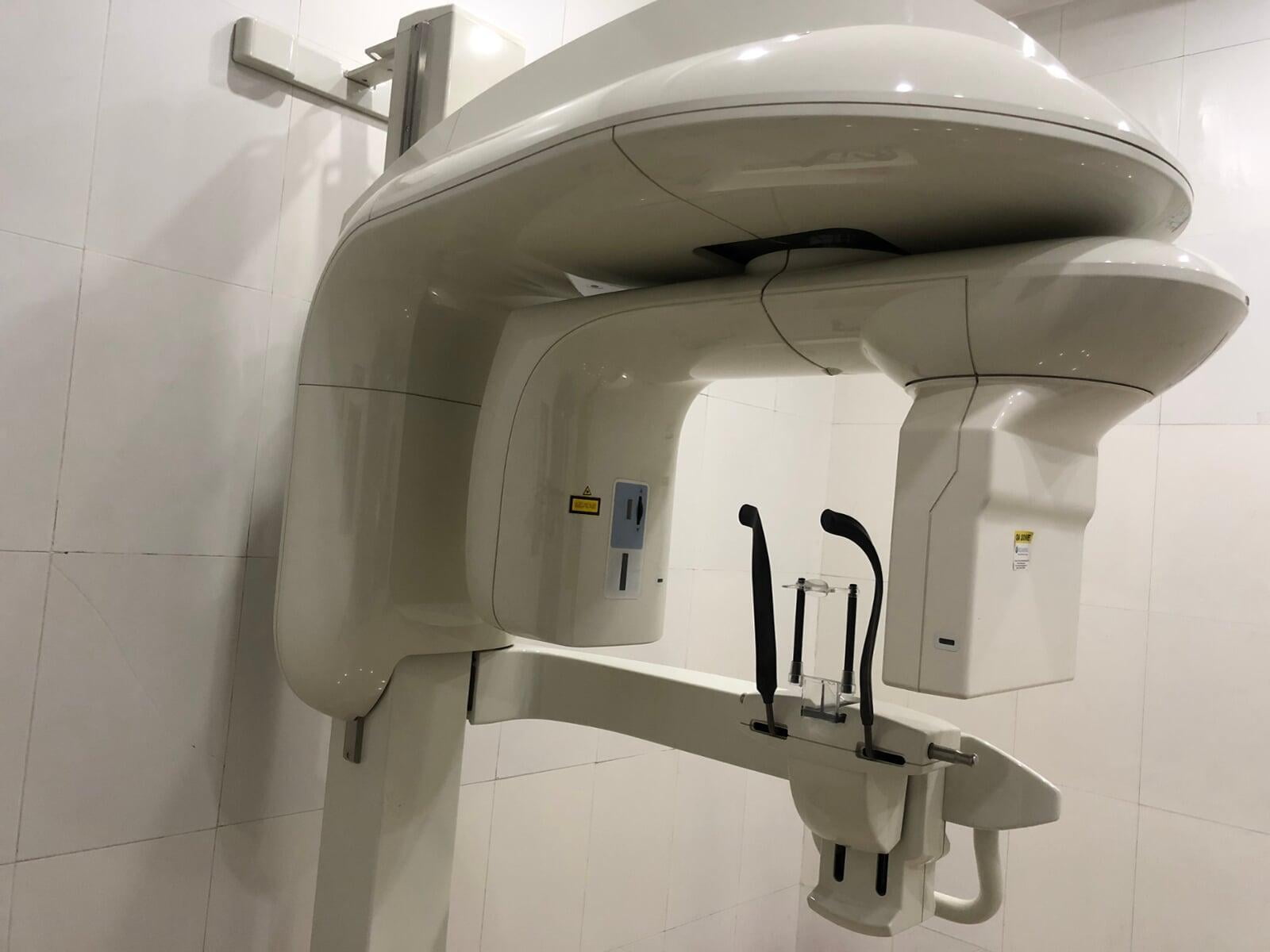Cone Beam Computed Tomography (CBCT)
Cone beam computed tomography (CBCT) is an advanced radiographic imaging machine that captures a three-dimensional (3D) imaging of hard tissue structures such as the jaw, teeth, & all other oral structures. It finds itself highly useful in the field of dentistry.
CBCT has proved itself to be much more reliable and safer than a regular scanner. This imaging method can produce pictures with sub-millimeter resolution (2 line pair/mm) and superior diagnostic quality in less than 60 seconds. The radiation exposure from CBCT is 10 times less than that of other conventional CT scans. CBCT is also quite accurate and can provide three-dimensional volumetric data in the axial, sagittal, and coronal planes. Students can learn the usage of advanced technology in Dentistry through this machine. The CBCT approach employs a circular or rectangular cone-shaped X-ray beam with a single 360° scan in which the X-ray source and a reciprocating array of detectors revolve around the patient's head, which is stabilized by a head holder.
Applications:
CBCT finds application in oral and maxillofacial surgery to examine the exact 3D location of jaw pathologies such as benign or malignant tumors and inflammatory bone lesions, as well as to assess impacted teeth, investigate the exact location of supernumerary teeth, and assess their relationship to vital structures. CBCT is also utilized to study paranasal sinus diseases as well as to detect obstructive sleep apnea.
A few research papers have demonstrated that contrast-enhanced CBCT images may be utilized to identify apical granulomas and apical cysts by assessing the lesion density, making CBCT a useful investigative tool in endodontics for detecting apical lesions.
CBCT also finds its use in implant dentistry. Scans have resulted in better case selection and assists in both qualitative and quantitative bone evaluation, resulting in lower implant failure rates. Clinicians may predict and view the eventual result utilizing virtual implant planning and CBCT data before starting therapy.
CBCT has become the instrument of choice for measuring facial development, age, airway function, and disruptions in tooth eruption due to its uses in cephalometric analysis and the release of new software in orthodontic evaluation.
With measurement precision comparable to that of direct measurement with a periodontal probe, CBCT may be used to get a thorough morphologic description of the bone with limited margins of error.



